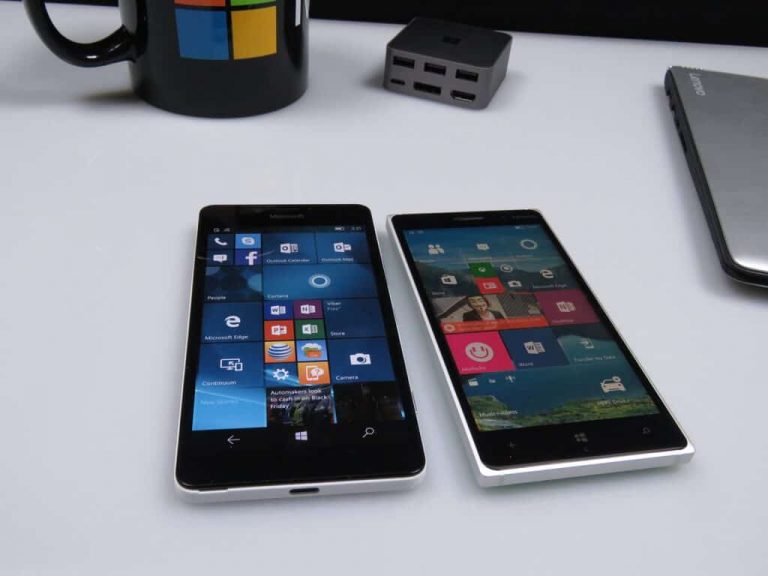Kantar Worldpanel has just released today their latest ComTech’s Smartphone OS Market Share Data, bringing more data proving that Windows phones sales fell off a cliff during the first three months of 2016. More specifically, Kantar explains that Android has continued to grow sales across the EU5, US and Urban China, while many Windows Phone users in Europe have been switching to Android handsets over the period.
During the first three months of 2016, Android share increased 7.3% points to 65.5% in the US, leaving only 2.7% of the market to Windows phones. Android performed even better in Europe where its market share reached 75.6% in EU5 (Great Britain, Germany, France, Italy, and Spain), up 7.1% points year-over-year. “This is the strongest growth for Android across the EU5 in more than two years” according to said Lauren Guenveur, mobile analyst for Kantar Worldpanel ComTech.
During the same period in Europe, Windows Phone market share fell to 4.9% in Q1 2016 (down 5% points year-over-year). According to Kantar, “nearly 7% (6.6%) of new Android customers came from Windows, vs. just 3.3% from iOS. Among new iOS buyers, 2.6% migrated from Windows.”
It’s even more telling to see traditional Windows Phone strongholds such as France and Italy are currently moving away from the platform: In France, Windows Phone share declined from 14.1% to 5% in the three months ending March 2016 (down 9.1% points) while in Italy the platform fell from 14.4% to 6.3% (down 8.1% points) during the same period. In Spain, Windows Phone market share even fell below 1% (0.6%), joining the Japanese and Chinese market where Microsoft’s mobile OS never made a dent.

Business unit director for Kantar Worldpanel ComTech Europe Dominic Sunnebo added:
“For those switching from Windows, Android has offered a better user experience, with a variety of brands and models across a multitude of price points. In Italy and France, the strongest Windows Phone markets for a time, nearly 10% of Windows mobile users moved to Android in the three months ending March 2016. What’s more, they opted for brands like Huawei, Wiko, and Asus, featuring mid-range devices that represent good value for the money. Contrast that with Great Britain, where Android growth is still dominated by Samsung, and driven in this period by mid-range devices like the J5 and A5.”
Of course, none of this is exactly new and Microsoft execs have already shared during Build 2016 that Windows phones were not a priority for the company this year. While Windows Phone is likely to continue losing market share over the coming months, do you think Microsoft and its OEM partners will be able to convince former Windows Phone users to come back to the platform? Please tell us what you think in the comments.


